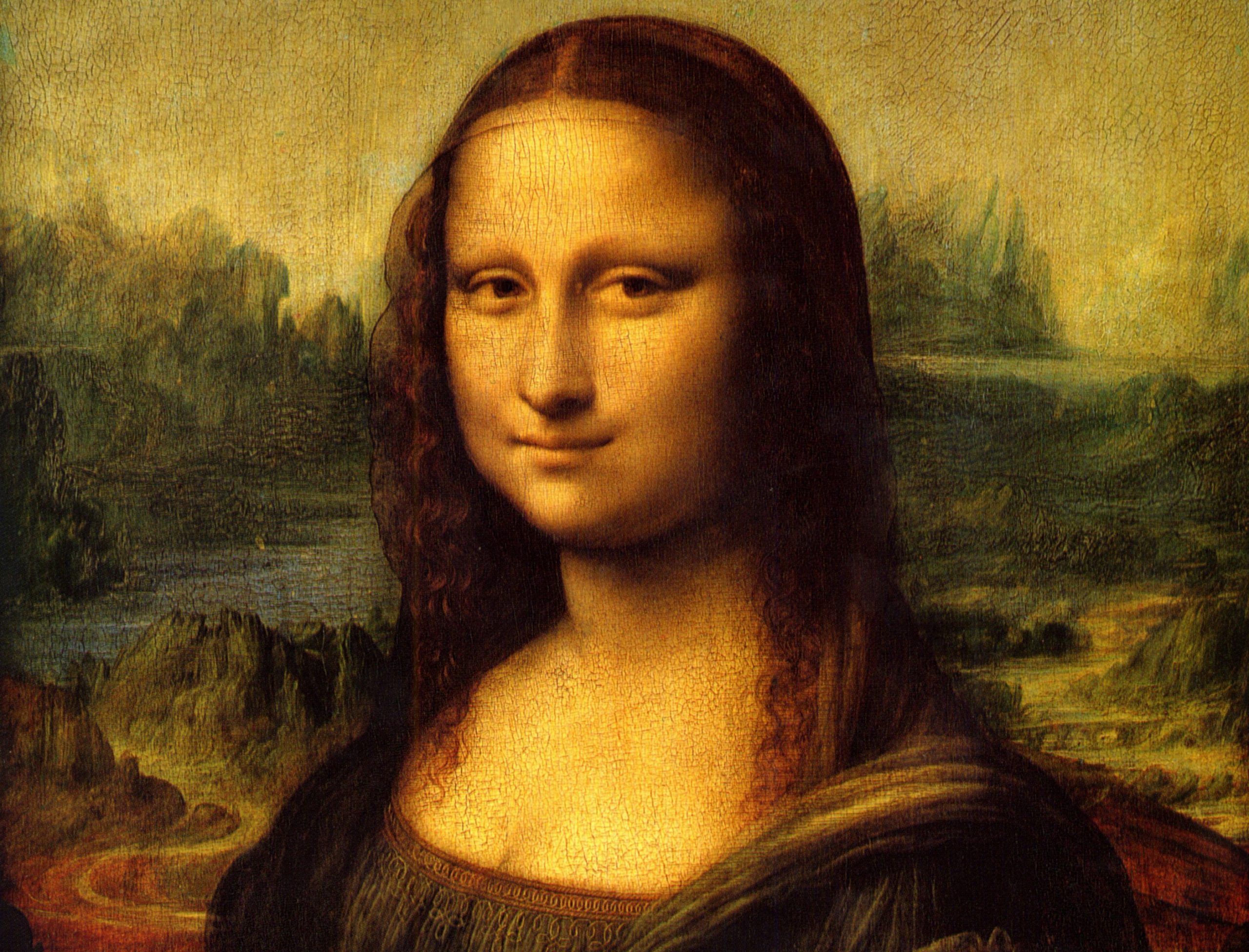The Mona Lisa is a world-famous painting by Leonardo da Vinci, believed to have been completed in the early 16th century. The painting depicts a woman seated in a chair, her hands folded in her lap and a enigmatic smile on her lips. Despite its small size (just 30 inches by 21 inches), the Mona Lisa has become one of the most iconic and enduring works of art in history, with millions of visitors flocking to the Louvre Museum in Paris each year to see it.
The identity of the woman in the painting is a matter of debate, but she is widely believed to be Lisa del Giocondo, the wife of Francesco di Bartolomeo del Giocondo, a wealthy merchant in Florence. The painting is believed to have been commissioned by del Giocondo as a portrait of his wife.
The Mona Lisa is renowned for its enigmatic smile and the subtle, almost imperceptible, changes in the expression on the woman’s face. Some have suggested that the smile is a representation of the “sfumato” technique, which Leonardo employed in his works to create a sense of depth and mystery. Others have argued that the smile is a result of the painting’s famous “uncertainty principle,” in which the woman’s expression seems to change depending on the viewer’s perspective.
One of the most striking features of the Mona Lisa is the artist’s use of light and shadow. Leonardo used a technique called “chiaroscuro” to create a sense of depth and three-dimensionality in the painting. The woman’s face is softly illuminated, with the light source appearing to come from the right side of the painting. This creates a sense of mystery and adds to the enigmatic quality of the Mona Lisa’s smile.
In addition to its technical mastery, the Mona Lisa is also notable for its historical and cultural significance. The painting has been the subject of countless artistic, literary, and musical works, and has become a symbol of the Renaissance and of art itself. It has been the inspiration for countless imitations and parodies, and has become a cultural icon that is recognized around the world.
Despite its fame, the Mona Lisa remains shrouded in mystery and continues to fascinate and intrigue art lovers and historians alike. It is a testament to Leonardo da Vinci’s genius and to the enduring power of art to captivate and inspire.




